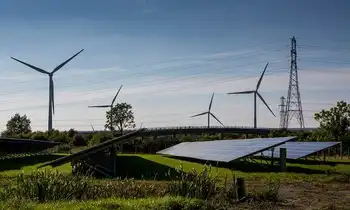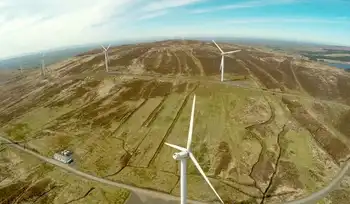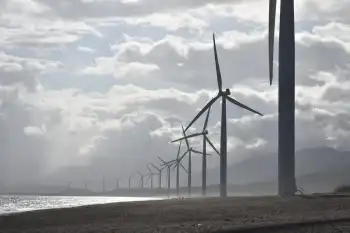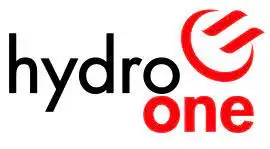Work begins on GHG capture plant
By Electricity Forum
Electrical Testing & Commissioning of Power Systems
Our customized live online or in‑person group training can be delivered to your staff at your location.

- Live Online
- 12 hours Instructor-led
- Group Training Available
In 2011, Alabama Power and Southern Company, along with the U.S. Department of Energy DOE, Mitsubishi Heavy Industries Ltd. MHI, the Electric Power Research Institute and several other partners, plan to operate a demonstration facility that will capture and store between 100,000 and 150,000 tons of carbon dioxide CO2 per year from the plantÂ’s coalfired electricity production.
The CO2 will be supplied to the DOEÂ’s Southeast Regional Carbon Sequestration Partnership SECARB, which will transport it by pipeline from the plant and store it underground at a site within the area of Citronelle Oil Field, about 10 miles from the plant, operated by Denbury Resources. The Southern States Energy Board is leading the SECARB effort.
“Alabama Power is proud to host such a critical demonstration of environmental technology that will enable us to generate electricity using coal while reducing greenhouse gas emissions,” said Charles McCrary, Alabama Power’s president and CEO. “The impact of this technology, both environmentally and economically, is a key step toward meeting the energy needs of our customers in the future.”
With carbon capture and sequestration CCS, CO2 released during the combustion of coal would be separated from flue gas, compressed and then permanently stored deep underground.
“Southern Company is playing a leadership role in developing energy solutions that make technological, economic and environmental sense,” said David Ratcliffe, Southern Company chairman, president and CEO. “Through this project and others, Southern Company and its partners seek to better understand the impacts of reducing CO2 emissions from electricity generation. The Plant Barry project is designed to demonstrate starttofinish CCS technology, an important step toward commercialization.”
The CO2 capture technology to be used in this project, called KMCDRTM, was jointly developed by MHI and the Kansai Electric Power Company Inc. It deploys an advance aminebased solvent that reacts readily with CO2 in flue gas before being separated and compressed so it is ready for pipeline transport.
The MHI process offers improved performance and lower cost than existing capture technologies. The process has been demonstrated on smaller scale at a coalfired generating station in Japan, and is being deployed commercially on natural gasfired systems around the world. The Barry project represents the largest coalfired demonstration of this technology.
“We are excited to be a partner in this important project that will help further the global goal of reducing carbon dioxide emissions for the benefit of everyone,” said Shunichi Miyanaga, executive vice president and representative director of MHI’s Machinery & Steel Structures Headquarters. “The confidence our partners have shown in the MHI CO2 capture technology is a testament to the research and development efforts we have undertaken during the past 20 years. Together with our partners, we are ready to deploy and demonstrate to the world the safety and viability of commercialscale CCS.”
An important part of any CO2 sequestration project is site selection through geologic characterization and a robust program to monitor the injected CO2. Therefore, a thorough monitoring process will be deployed to map the movement of the sequestered CO2.











